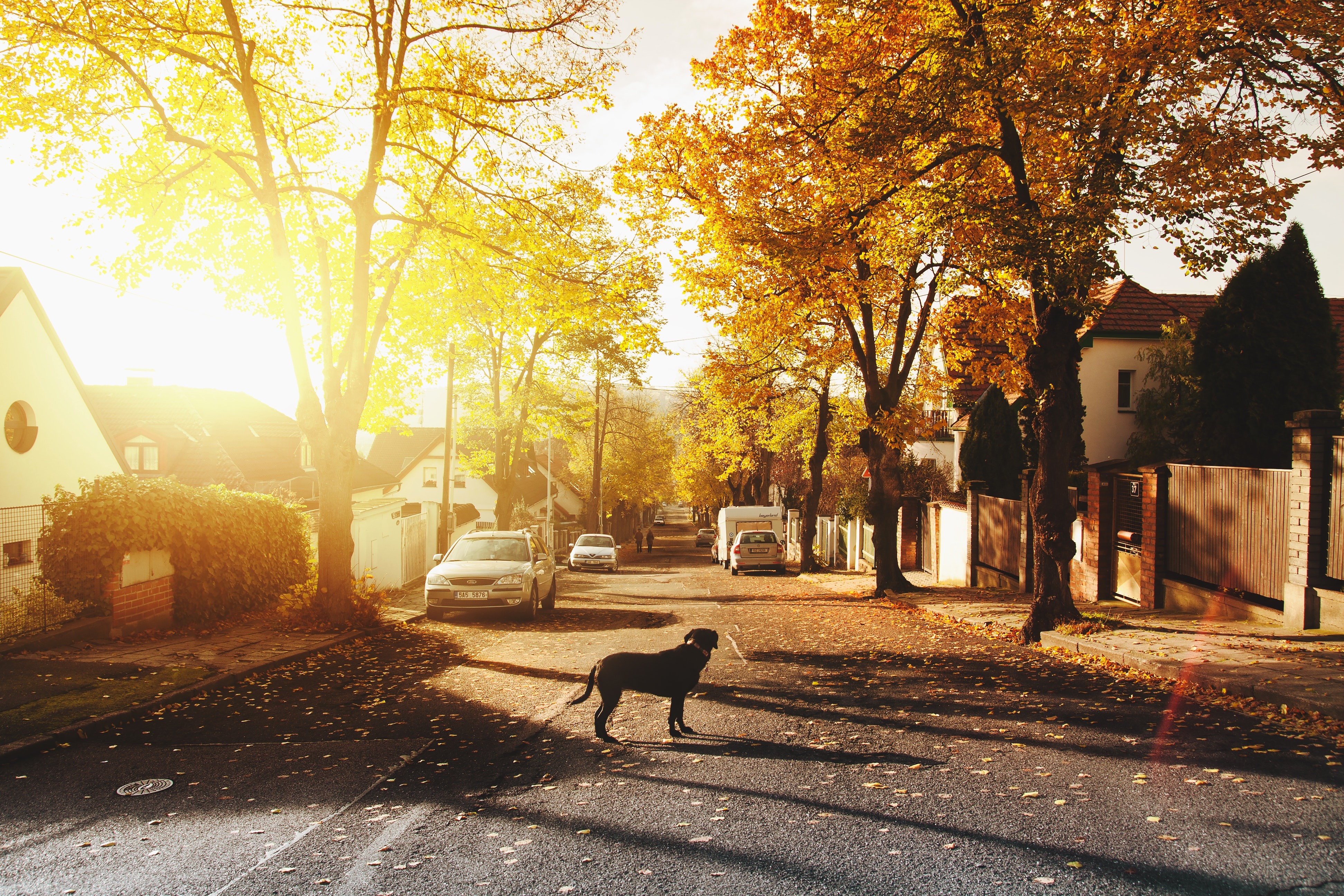According to the U.S. Department of Energy half of what Americans spend on energy goes towards heating and cooling their homes, which means it is the single costliest energy expense for most families.
The majority of us — and especially those who live in northern regions of the country — know that fall and winter can take a heavy toll on the budget as we rely on our homes to keep us warm and shield us from the elements.
But there is smart, preventative home maintenance that can be done in effort to ensure your family stays warm without breaking the budget.
Inspect Your Furnace
The most important thing you can do to protect your budget from unnecessary heating costs is ensure that your furnace is in good working order. A furnace that isn’t is a furnace that is working inefficiently and potentially even dangerously.
Hire a Professional
Hiring a professional to inspect your furnace is the best way to ensure your home is prepared for fall and winter. Professionals bring with them the training and experience required for the most thorough of inspections.
According to real estate expert Patrick Chism, “Even if you have a new home, no construction is entirely without fault. Whether the issues are big or small, having an inspection done will open your eyes to potential problems.”
It’s valuable to recognize that even if nothing appears to be wrong, it could be, and having the right set of eyes may be the solution to the problem you don’t even know you have.
Do-It-Yourself
There’s a chance that even if you aren’t a professional, you do have experience with heat systems. Additionally, conducting routine maintenance yourself is a way to save even more funds.
If you’re going to inspect the furnace yourself, here are some key things to remember about when you should bring in a professional in the name of safety:
Be careful: Always turn off the source of power. Hit the off switch on electrical furnaces and turn off the gas line on gas furnaces.
Check flames: Whatever type of furnace you have, it should produce steady blue flames. A yellow flame means there is something contaminating the flame, and you need to call a pro.
Smell: While an occasional, small whiff of gas isn’t likely cause for concern, a large amount or regular occurance is a sign of a leak that needs immediate attention.
Listen: If a noise seems out of place, or a vibration is questionable, these are also signs that you need to call a professional.
However you decide to go about inspecting your furnace at the beginning of the chilly season, remember to prioritize safety. Even if you have a thorough how-to guide, if you’re uncomfortable, don’t hesitate to bring someone in who can put your mind at ease; it will be money well spent, especially in light of how much you’ll likely save on utility bills.
Ensure Your Home Isn’t Releasing Heat
The best heat source in the world cannot combat a home that has trouble keeping the warm air produced inside. Thus, it’s worthwhile to take the time before the cold hits to make sure that the usual heat-releasing suspects aren’t causing you to use your heater more than absolutely necessary.
When The Washington Post overviewed the major ways heat escapes homes these were the most substantial problem areas:
Ceilings, walls, and floors: Even well-insulated houses inevitably have gaps and holes that permit heat to escape in these areas. Heated areas that have openings into unheated areas are surefire ways to lose the heat you’re paying for.
Good solutions include insulating the backs of areas like attic doors and hatches, and weather-stripping their edges. Additionally, small hacks like covering your hardwood or tile floors can add a layer insulation.
Ducts and plumbing penetrations: Holes that allow pipes, vents, and ducts to pass through walls often have extra space that allows heated air to escape. A caulk or foam spray is a smart and relatively easy way to seal them.
Fireplace: Fireplace maintenance experts recommend checking the chimney a minimum of once a year to ensure there are no cracks, which would obviously lead to heat loss. Additionally, if you have a fireplace with a poorly fitted or missing damper, that fireplace is allowing air to pass through. If you close the flue, light a flame, and the smoke travels upwards into the chimney you have a leak.
Windows and doors: Depending on the size of the gaps surrounding your windows and doors, there is the potential for major heat loss in these areas. Utilizing weather stripping and indoor caulk can make a drastic difference.
Many of the common ways our homes lose heat can be treated fairly easily after a quick trip to the hardware store. And what’s more, these fixes will pay for themselves as you reap the rewards of a well-insulated home. Fall is the season we love best, but a skyrocketing energy or gas bill can easily distract from the pleasure of it. The good news is that with a relatively modest amount of planning, your preventative home maintenance efforts can keep your space warm throughout the entire season, without draining all of your financial resources.



Comments are closed.